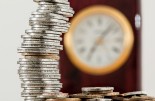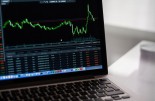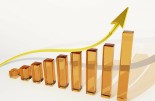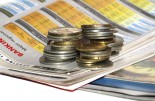Swissquote Bank: Stocks & oil up, as US LT treasury yields rise
Swissquote Bank: Stocks & oil up, as US LT treasury yields rise
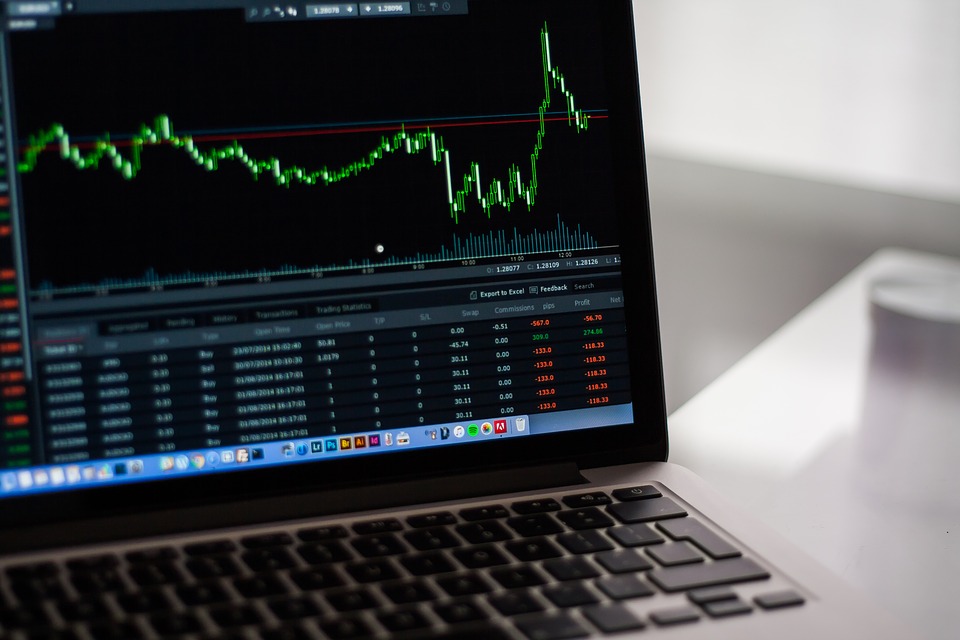
By Ipek Ozkardeskaya, Senior Analyst at Swissquote Bank.
The week starts with solid risk appetite on news that the Japanese economy grew 12.7% year-in-year in the fourth quarter versus 9.5% expected by analysts. The capital expenditure and private consumption recovered faster than expected, as the slowdown in December industrial production came in slower than expected. The Nikkei traded above the 30’000 for the first time in more than 30 years.
WTI crude is thrown past the $60 per barrel by renewed tensions in the Middle East that threaten supply after the Saudi-led coalition downed an explosive-loaded drone fired by the Iranian Houthi group. Though the supply related boosts tend to remain short-lived in a world already flooded by oil, there are no signs of the oil rally easing for the moment.
The US dollar is weaker, and the investor mood remains cheery as China, Taiwan and Hong Kong are closed for the Chinese Lunar Year holidays, and the US for President’s Day.
Bitcoin tested $50K over the weekend on prospects of its broader acceptance by traditional players, such as banks and companies, although I wouldn’t cite Tesla among your traditional companies. But the topside remained capped, and the price of a Bitcoin rebounded below $47K.
For investors, there is nothing sweeter than seeing improvement in economic data, knowing that the ultra-accommodative monetary and fiscal policies are here to stay and to make sure things don’t turn sour.
And speaking of that, last week the Fed Chair Jerome Powell reiterated his ultra-dovish stance, emphasizing the need for more than just supportive monetary policy, and the US Treasury Secretary Janet Yellen didn’t wait long before passing the buck. She told the G7 finance chiefs last week to ‘go big’ on fiscal stimulus as if they had not put enough money on the table already. Obviously, with governments issuing bonds and central banks buying these bonds massively, there is no limit to spending.
As long as the market is ready to absorb debt, there is nothing that should stop the boost in government spending - besides inflation. Although the soft inflation didn’t necessarily ease the inflation expectations and the reflation trade continued, at least in the long-end of the US yield curve. The US 10-year yield rose to 1.21%, as the US 30-year yield bond hit 2% for the first time in more than a year.
It’s worth noting that there are two contradictory moves happening simultaneously. The short-end of the US yield curve remains under a decent downside pressure because there is no immediate inflation threat, while the long-end of the curve is moving higher on expectation that we will still see a decent uptick in the foreseeable future. As such we see the two-year yields touching the lowest levels on record, while the long-term yields continue climbing, resulting in the steepest yield curve in more than five years.
This being said, the market environment remains very much sweet for risk investors. Combined to prospects that things could only get better from where we are, the whole setup is absolutely supportive of the continuation of the record run in risk assets, including stocks of all sizes, bonds, junk bonds and alternative investment vehicles. The financial marketplace looks nothing else than a huge ‘eat whatever you can’ buffet - and we’ll see what happens when inflation kicks in.
In this sense, last year saw a decent rally in US big stocks, and we were talking about a K-shaped recovery, as small stocks were left behind the market frenzy. Nowadays, small stocks have taken the lead, partly thanks to the GameStop story, and partly thanks to cheap liquidity. Since the beginning of this year, the Russell 2000 outperformed their big cap peers, and trading volumes in US equities reached the highest levels since the March drop. But this time, trading volumes didn’t rise because investors dropped stocks en masse, it rose because they entered stocks en masse. As such, the volatility levels remained acceptable, despite quick upticks here and there, mostly coinciding with the end of Reddit wallstreetbets-led short squeezes.
Still, an increasing number of investors are holding their breath before an eventual dive, which could lead to a forceful burst of what looks like a stock bubble, as the fundamentals confirm that the disconnect between the stock prices and the reality has not been as big since the 2000 dot.com bubble.


